The definition of irony has always been difficult to pin down, even for the most seasoned of wordsmiths, but here’s an attempt through example: an artist who achieved fame by defacing or destroying other artists’ work sees one of his defaced works defaced by another artist.
The famous artist is Ai Weiwei, whose 1995 photographic triptych Dropping a Han Dynasty Urn is undoubtedly one of the pieces that propelled him to international art world fame and fortune. This is a piece that does exactly what it proclaims: it portrays Ai deliberately smashing a nearly 2,000-year-old ceramic funerary jar (in fact, he had to destroy two, as the photographer missed the crucial mid-air shot the first time).
On February 16, Miami-based artist Maximo Caminero walked into the Perez Art Museum, which is currently hosting Ai’s traveling exhibition Ai Weiwei: According to What, picked up one of Ai’s vases, and dropped it as a protest for the museum’s focus on international artists in lieu of local ones. He was staring at Dropping a Han Dynasty Urn on the wall while he did so.
An element to bear in mind when considering the modern controversy is that Ai purchased the artworks he used for his triptych, as well as the vases at Perez Art Museum (which he painted in lurid colors or with corporate logos). (Whether or not the purchaser of a historically significant artwork has a responsibility to maintain its condition is outside the purview of this article.) But Caminero faces a problem that Ai never had to when he destroyed the work of an anonymous craftsman from the second century BC: Caminero is being charged with criminal mischief and faces up to five years in prison. He’s about to discover the repercussions that surround demolishing the work of a living and extremely financially successful artist.
It is just this juxtaposition of anonymity versus global art-world superstardom that rankles me the most. Chinese artists and patrons have a long history of exploiting anonymous artisans for mass production of ceramics, particularly those working in Jingdezhen kilns since the Yuan Dynasty (1271-1368), metalworking, and even painting, such as the court painters who created the monumental trompe l’oeil silk paintings for the early Qing Dynasty emperors. The compensation and artistic merit awarded to these craftsmen versus the literati painters and calligraphers that enjoyed lucrative patronage from the elite are at opposite ends of the spectrum.
The modern system of artistic output for many contemporary Chinese artists relies on a similar system (or at least more similar than many would care to admit), particularly for artists working with installation, where a troupe of anonymous workers realize the designs of an artist but are excluded from any museum/gallery credit or future monetary claims on the work. This system, often employed by Ai (who even made a point of using the artisans in Jingdezhen for a recent ceramic sculpture, perhaps as meta-commentary on this issue), raises questions about just what creative ownership means in the contemporary art world.
The Miami controversy doesn’t address these more complex issues of studio creation practices, but rather the very simple issue of Ai stating that he doesn’t support artists destroying other artists’ works while seeming blissfully unaware that this is exactly what he has done, several dozen times over. Is an artist’s work only worth respecting only if he is still alive to make a fuss over its wanton destruction? Is a provocative piece about art’s fragility and worth only acceptable if the artist has an international retinue of curators and collectors backing them?
Of course, Ai couldn’t publicly endorse this act of vandalism without tacitly allowing further damage to his pieces, but I hope the incident has given both him and other artists pause and will lead to a fruitful conversation about the art world’s complicity in the wrecking of ancient works, as well as their complacency in perpetuating a modern invisible artisan studio system.
Hilary Chassé is a Brooklyn-based writer with a Masters in Chinese Art History. Follow her @chasseh







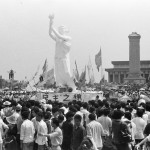













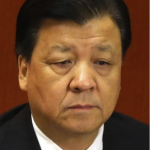
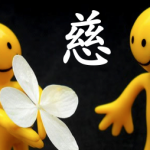
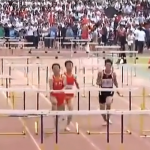



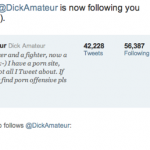



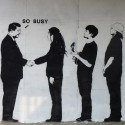

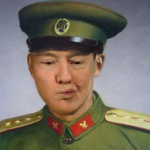




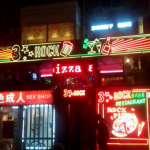










Ai owned the vases he dropped.
Maximo Caminero didn’t.
Whether either action was “art” is not germane.
“Chinese artists and patrons have a long history of exploiting anonymous artisans for mass production…”
Hilary, please correct me if I’m wrong, but don’t most if not all artists do that? I’m quite sure I remember learning in school about Renaissance artists such as Michelangelo employing students and interns to help paint his masterpieces and getting no credit and little money.